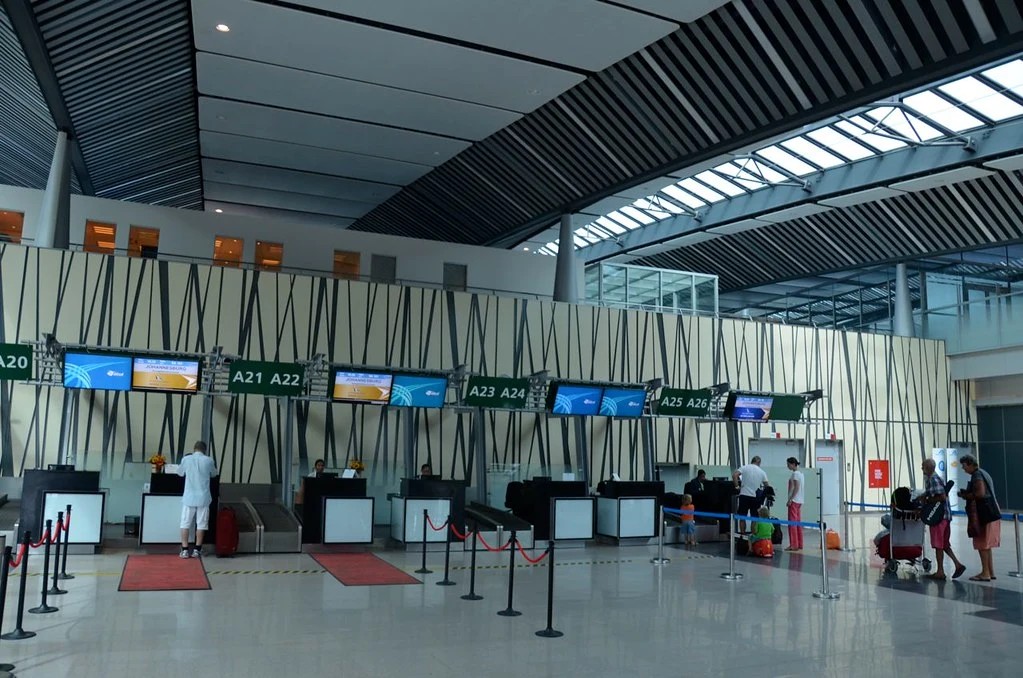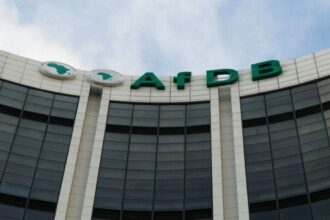At a Glance
- Mauritius saw April 2025 tourist arrivals rise 13.8% year-on-year, with 119,850 arriving by air.
- France led source markets with 29,097 visitors, followed by the UK and South Africa in April.
- Year-to-date stopovers dipped 1.2%, but April’s growth signals recovering momentum in key airlift markets.
Mauritius recorded 120,157 stopover arrivals in April 2025, a 13.8 percent increase over the 105,619 visitors posted in April 2024, according to the Ministry of Finance and Economic Development. The surge was driven almost entirely by air arrivals, which accounted for 119,850 of the total, with sea arrivals contributing just 307.
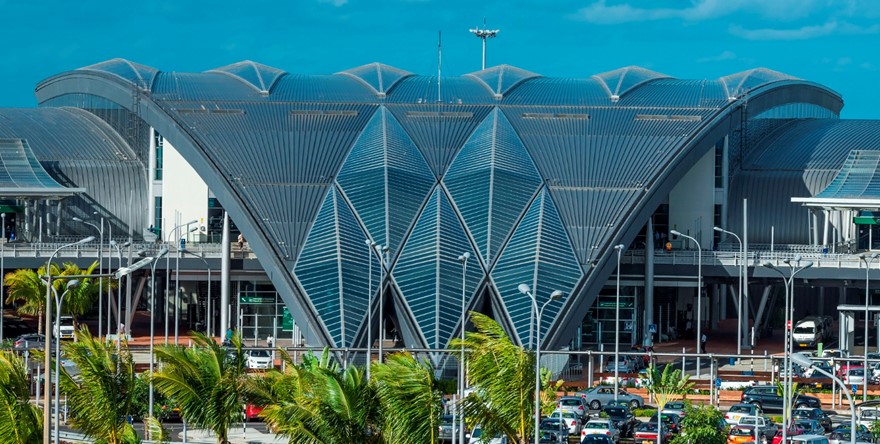
April’s performance was a rebound after a softer start to the year. Despite the April boost, total stopovers for the first four months of 2025 slipped 1.2 percent year-on-year to 446,546, down from 452,181 over the same period in 2024.
France tops source markets as UK, South Africa follow
France remained Mauritius’ leading tourism source market in both April and the year-to-date. In April alone, 29,097 French nationals visited, making up 24.2 percent of the total. The United Kingdom followed with 15,496 visitors (12.9 percent), while South Africa ranked third with 10,075.
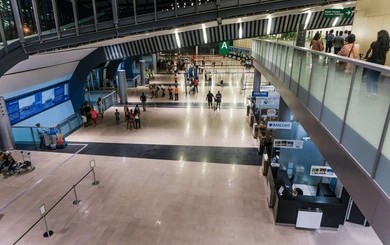
Between January and April, France sent 112,081 tourists to Mauritius—accounting for over a quarter (25.1 percent) of all arrivals. The UK contributed 46,023 visitors, while Reunion Island, a key regional market, added 41,925. Together, these three markets generated 44.8 percent of total stopovers so far in 2025.
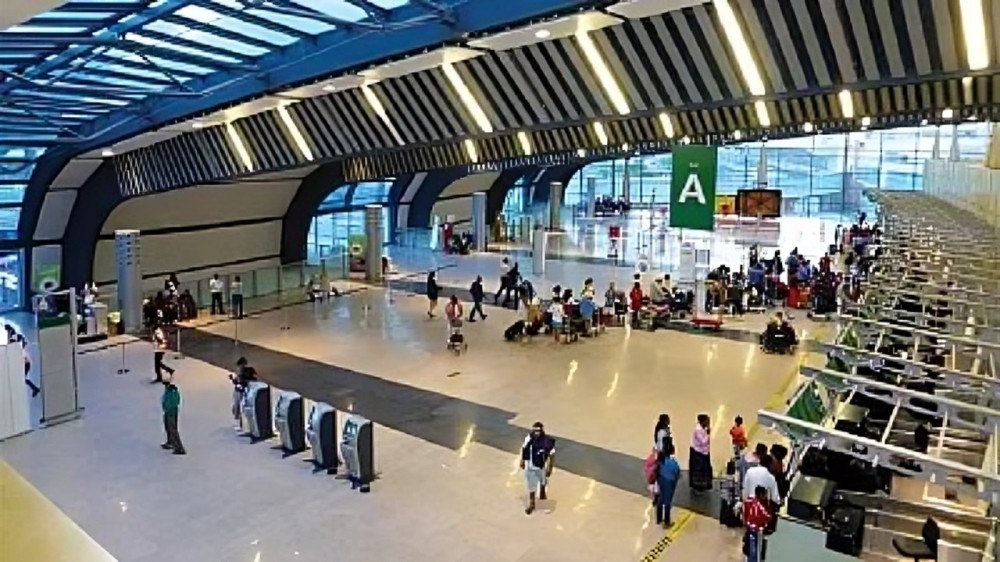
Tourism momentum builds despite early lag
The April recovery suggests renewed momentum in Mauritius’ key airlift-driven segments, likely helped by growing travel demand from Western Europe and South Africa. However, the early 2025 decline signals the need to sustain promotional efforts in emerging markets and reinforce air connectivity to offset potential volatility.
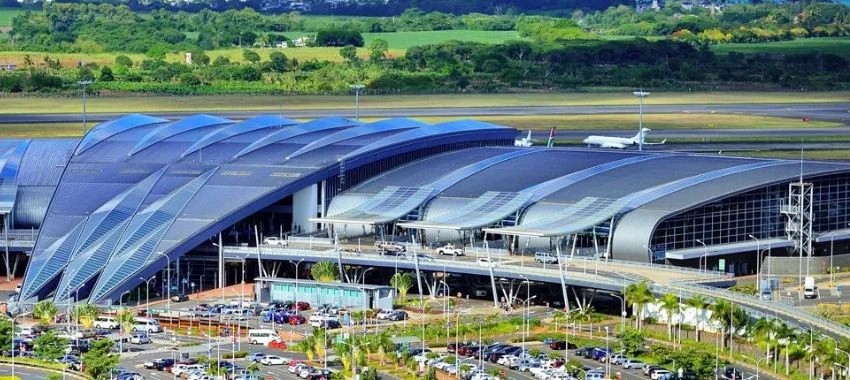
While April’s gains are promising, Mauritius must navigate a shifting tourism landscape with agility. Strengthening regional links and tapping into long-haul growth corridors could be key to reversing the year-to-date dip and driving sustained growth for the rest of 2025.

